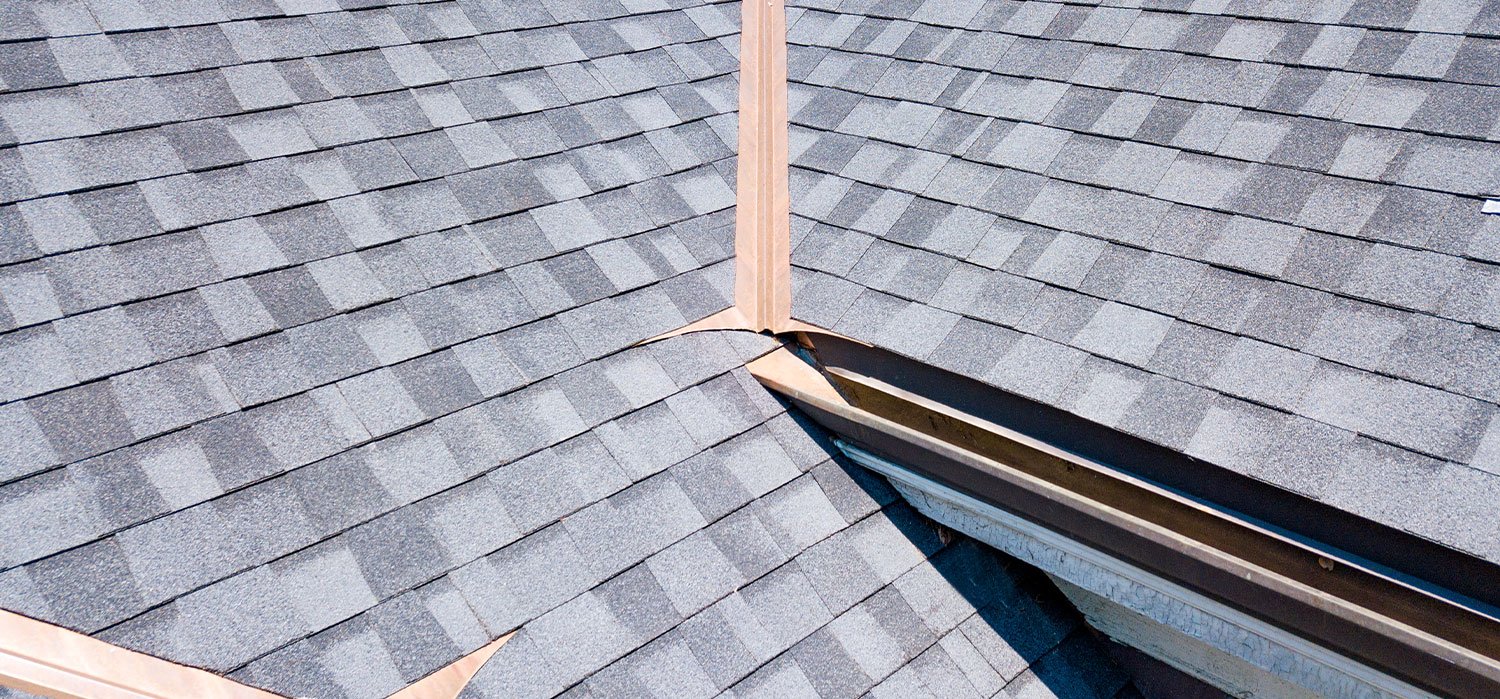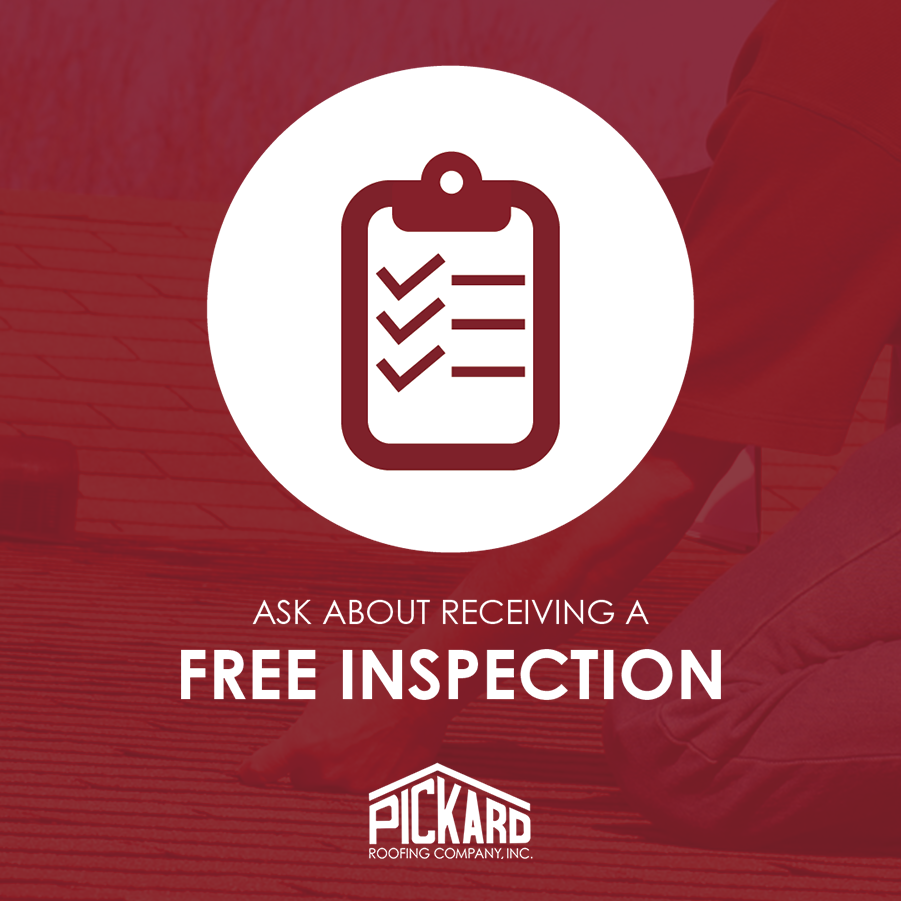Windy weather can cause damage to your roofing system in several ways. High winds can rip roofing materials entirely off, or just lift them somewhat, which can compromise their integrity. This article reviews the possible effects of wind damage to a roof and what you, as a homeowner, need to do after a strong storm.
Safety First
Professional roofers are skilled and understand how to stay safe in very dangerous scenarios. While some homeowners can get on their roofs and inspect for damage, many homeowners cannot. Please be careful whenever attempting to determine whether your roof has damage that needs fixing. It’s always better to pay a pro and stay safe.
How Wind Damages Your Roof
Windy weather can cause damage aside from blown and lifted roofing materials. It’s easy to see from the ground that some shingles have blown off the roof.
However, it isn’t as easy to see some other not-so-obvious signs of wind damage to a roof. These can include:
- Indoor leaks
- Roof punctures
- Curling shingles
- Problems with flashing
- Soffit or fascia damage
- Divots in shingle granules
Let’s take a closer look at each:
Roof Edge Curling
The edges of your roof incur the most damage from wind. Over time, repetitive blowing causes the shingles to loosen, which allows them to lift increasingly further. The process can continue until your edge shingles begin allowing water through.
Further, the wind and rain can erode the edges of the shingles away, causing them to curl. If they deteriorate too much, the shingles will fail to repel water.
It may be possible to see these effects from the ground, but it’ll require getting a bird’s eye view to discern the true level of damage at hand accurately.
Missing Shingle Granules
High winds can blow tree branches, hail, sleet, and other debris onto your roof. When these objects impact the roof, they can cause punctures. They can also cause shingles to have divots, which will continue to erode.
If an object impacts the roof’s surface and causes granule loss on shingles, it can compromise the entire roofing system. Without granules, shingles cannot keep the water out of your home. A skilled roofing professional can tell you if you have this type of roof damage.
Rubber Roofing Cracks & Bubbles
High winds can lift or otherwise stress flat rubber roofing on your home. Windy weather can completely rip away a rubber roof or cause tears and looseness that allow water to penetrate. Bubbles in the rubber indicate wind damage and should be inspected and repaired as soon as possible.
Wind Damage to Soffit & Fascia
Like gutters and downspouts, soffit and fascia are components of your roofing system. High winds can blow soffit panels and fascia metal off or cause looseness, cracking, and/or bending of the materials. This damage allows water to penetrate, especially as it worsens with time. It also allows small animals and bugs to move in.
Flashing Problems
Roof flashing - like chimney flashing, apron flashing, vent pipe flashing, and step flashing - is integral to the overall roofing system. As with facia metal, high winds can displace flashing, bend it, or otherwise reduce its capacity to keep water out of your home.
Most homeowners lack the knowledge or skill needed to troubleshoot and repair roof flashing. If you think that your flashing may have been damaged by wind, it’s best to have an experienced roofer come and take a close look.
Indoor Leaks & Discoloration
If your ceiling begins leaking or develops discoloration after a windstorm, you likely have sustained some roof damage. It could result from ripped or missing shingles, a hole in the roof, or any of the other possibilities discussed above.
Roofers understand that roof leaks do not always originate where they show up on the inside. Water in the roofing system may be running along the trusses or rafters and emerge somewhere many feet away from the actual source of the problem.
What You Should Do
If you have inspected your roof from the ground and believe that you have incurred wind damage, it’s best to contact a professional roofer right away. The longer you wait to address the damage, the worse it will become, which will drive up the cost of repairs.
The friendly professionals at Pickard Roofing are here to help. We understand how you feel and will give you an honest representation of the extent of roof damage at hand. Contact us for a free, no-hassle consultation and quote today.
At Pickard Roofing, we think Design. Craft. Renew. We are experienced in all types of roofing systems- and provide the right roofing design and selective craftsmanship for renewing our customer’s assets. We invite sustainable building customers to give us a call for your free evaluation. For over 90 years Pickard Roofing Company has installed countless metal, tile, slate, TPO, EPDM, and all types of shingle roofing in the Triangle. Our services include residential, commercial, custom architectural metal fabrication, and historical renovation.






